Spark Plugs – How Often Should They Be Replaced?
In the old days, a tune-up was necessary about every 35,000 miles. It would usually consist of setting the ignition timing, replacing the mechanical breaker points in the ignition, cleaning and adjusting the carburetor and replacing the plug wires and spark plugs. Today, of course, the carburetor’s job is done by fuel injection and the ignition timing and spark are controlled by the engine computer. Few vehicles still have plug wires anymore either, as the distributor was replaced by the computer and a coil-on-plug design which delivers a spark at each spark plug.
But what about the spark plugs themselves, though? How often do they need to be replaced now?
Manufacturers tout an 80k-100k mile service interval on spark plugs now, thanks in part to improvements in plug design and materials. That might be stretching it, however. Remember that if you have a 100,000-mile spark plug, its electrode is worn down 4/5 of the way at 80,000 miles. A worn ...[more]
Reasons Why Tire Inflation Is So Important
Even just a pound or two of underinflation in your tires can be a problem. Why, though? There are several reasons.
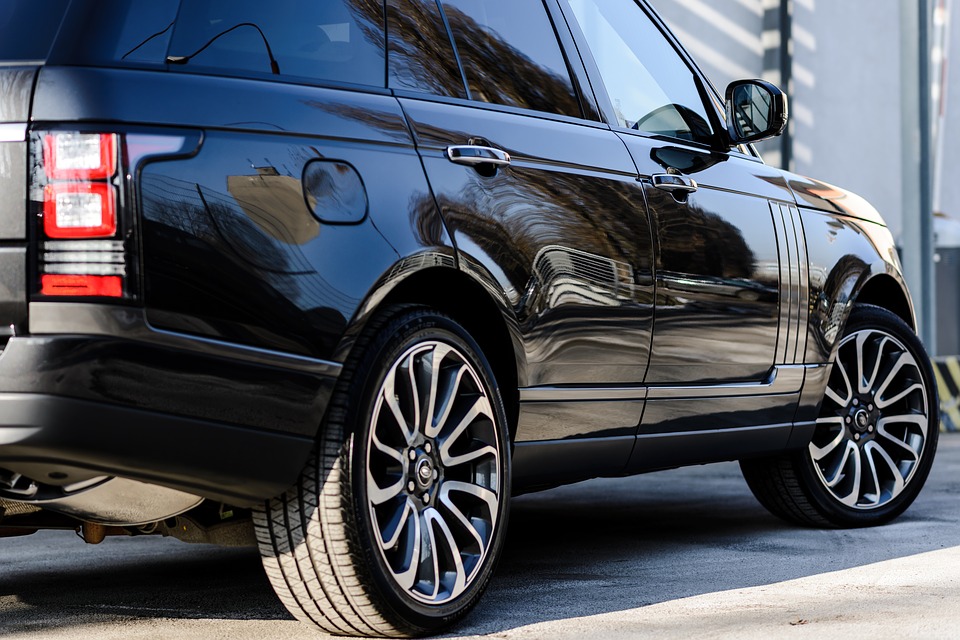
Fuel economy: If you ever rode a bicycle with a low tire, you know that it feels like you’re riding through wet cement due to the added rolling resistance. The same thing is happening with your car, and compromising your fuel economy. Over the course of 10,000 miles per year, that can add up to 150 gallons of gas or $500 out of your pocket!
Handling: Low tire pressure means poorer control and longer stopping distances. At high speeds, in particular, this can be downright hazardous.
Premature tire wear: Underinflated tires are under a lot of stress, especially their steel ...[more]
Uh Oh…My Check Engine Light Is On
So you come out to start your car one morning and the Check Engine light on the dashboard comes on…and doesn’t go back off again. You can’t really notice any difference in the way the car runs and drives, but it’s on anyway.
What does it mean?
Since the late 80s, most engine functions have been controlled by a central drivetrain computer. This includes emissions controls, fuel metering and delivery, ignition timing, shift points and many other elements of drivability and performance. The drivetrain computer relies on information from a chain of sensors that monitor exhaust composition, camshaft position, throttle position and many other factors.
The voltage readings from any of these sensors are supposed to fall within a certain range. When ...[more]
Five Things You Didn’t Know About Tires
 1. For performance and handling, the trend has long been toward fatter tires with a bigger footprint. That’s starting to change, though. Skinnier tires mean lower rolling resistance and better fuel economy, as well as a smaller aerodynamic profile. While fatter tires do handle better, tire engineers are making up the difference by designing skinny tires with a stickier tread formulation for traction and cornering ability.
1. For performance and handling, the trend has long been toward fatter tires with a bigger footprint. That’s starting to change, though. Skinnier tires mean lower rolling resistance and better fuel economy, as well as a smaller aerodynamic profile. While fatter tires do handle better, tire engineers are making up the difference by designing skinny tires with a stickier tread formulation for traction and cornering ability.
2. Static electricity used to be a real concern for vehicles; if you’re old enough, you may remember seeing station wagons with a “ground strap” dragging along the pavement. It’s become a concern again, with newer tread compounds cutting back on the amount of carbon black in newer tires. The solution? Many tires are now designed with an “antenna strip” ...[more]
Get Your Car Really, Really, REALLY Clean!
It can be a lot of work and attention to detail to get your car really clean…especially if it’s pretty dirty to start with…but here are some ideas for truly thorough cleaning that you may not have thought of!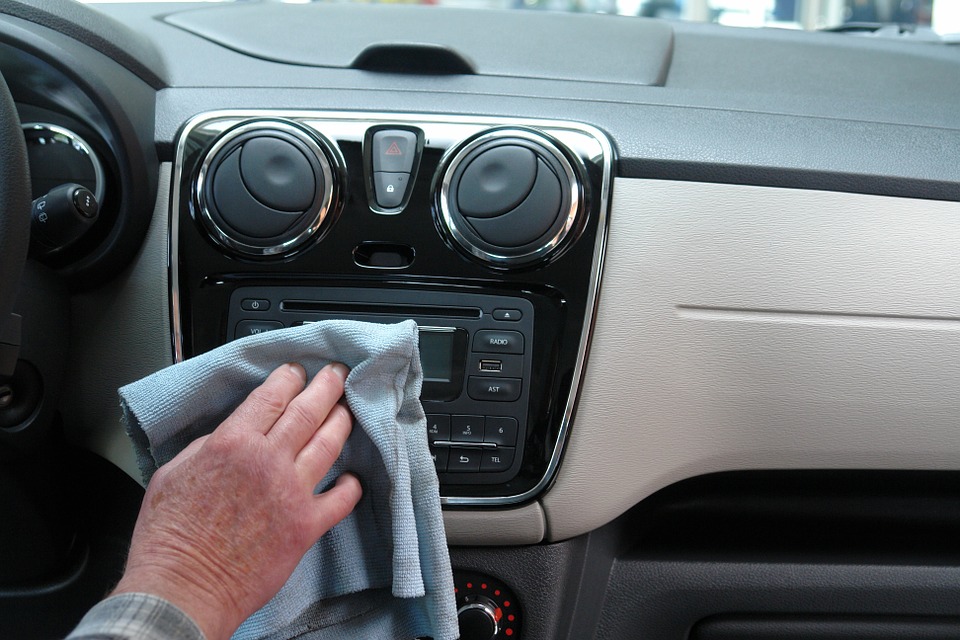
--A cheap foam paintbrush can get into crevices (like A/C vents) that might be impossible otherwise. As you loosen up dust from these spots, keep a vacuum cleaner nozzle at work in your other hand to suck up the dust and prevent it from settling other places.
--A soft-bristled brush is perfect for cleaning around radio knobs and other buttons.
--While you’re cleaning, don’t forget to locate your cabin air filter and replace it. A dirty cabin air filter can lead to a lot of odd smells and stinks. Check your owner’s manual; cabin a ...[more]
Can I Buy Just Two Tires?
We know that a lot of drivers are working pretty hard to make a dollar go farther and that the outlay for a full set of four tires – even inexpensive tires – can be considerable. That’s why we run across drivers pretty often who ask if it’s okay to just replace a pair of tires, then buy the other pair when they can afford them.
The answer is…yes, but…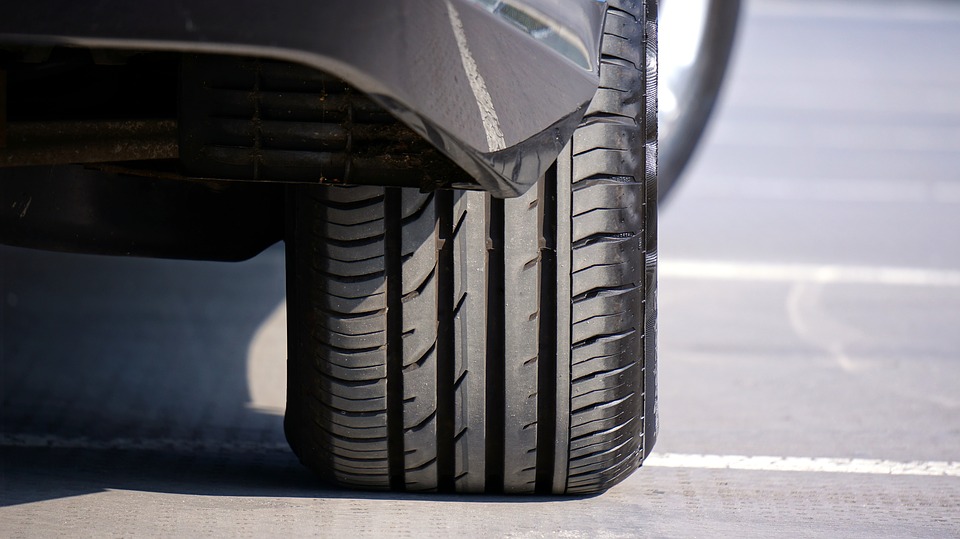
You’ll really need to pay attention to the size of the set of tires that you’ve already got and go with that exact same size of tires for your new pair. Having mismatched sizes of tires on your vehicle can result in squirrelly and unpredictable handling and ride quality. If your existing tires are all-season, go with all-season tires. If they’re winter tires, go with winter tires. Ideal ...[more]
Are You Ready For A Roadside Emergency?
Yeah, yeah…your vehicle’s fairly new and you take care of it, and you’ve even got a membership in AAA. That doesn’t mean that your chances of 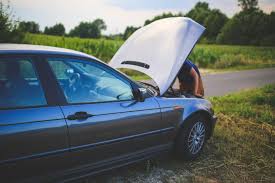 ending up in a tight spot are zero. It’s just common sense to be prepared with a trouble bag in your car. Here’s a pretty good rundown of things you should keep in a car emergency kit:
ending up in a tight spot are zero. It’s just common sense to be prepared with a trouble bag in your car. Here’s a pretty good rundown of things you should keep in a car emergency kit:
Fully charged cell phone: You may want to consider a cheap prepaid “burner phone” with a long battery life and keep it strictly in the car. If nothing else, at least keep a charged-up power bank on hand.
First-aid kit: At a bare minimum, a first-aid kit should include gauze pads and bandage tape, aspirins, antiseptic wipes, scissors, antiseptic cream or ointment, Band-Aids, rub ...[more]
Flat Spots? Let’s Clear Up Some Myths About That…
So your vehicle’s been sitting for a while…you get in it, start the engine and pull out of the driveway when you notice a hard, rough (but very regular) vibration that only gets worse with speed. It doesn’t feel like it’s coming from the driveline or suspension – so what is it?
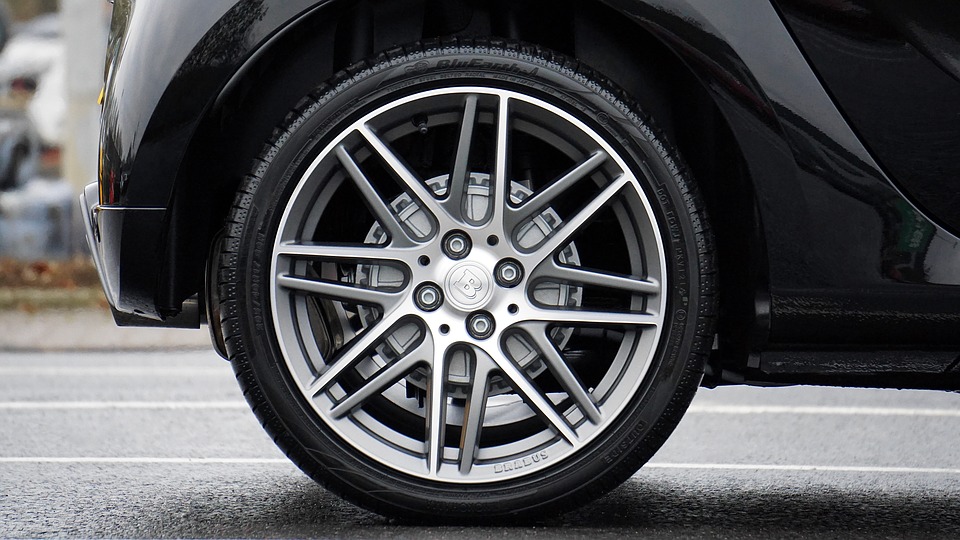
It could be that the tires have developed flat spots.
With the weight of the vehicle pressing down on the tires for long periods, a section of the rubber and belts can become softer (or harder) than the rest of the tire. This can be exacerbated by cold weather, or just by parking on a cold concrete floor.
Low-profile tires with short sidewalls can be more prone to flat-spotting, as can tires with an H or higher speed rating. In most cases, you can j ...[more]
So You Think Some Traffic Laws Are Nuts?
Yes, there are plenty of traffic laws in certain areas that don’t make much sense. Here, though, we present a collection of traffic laws from other parts of the world that are just bizarre:
--In Thailand, the law states that no driver, male or female, shall ever drive without a shirt.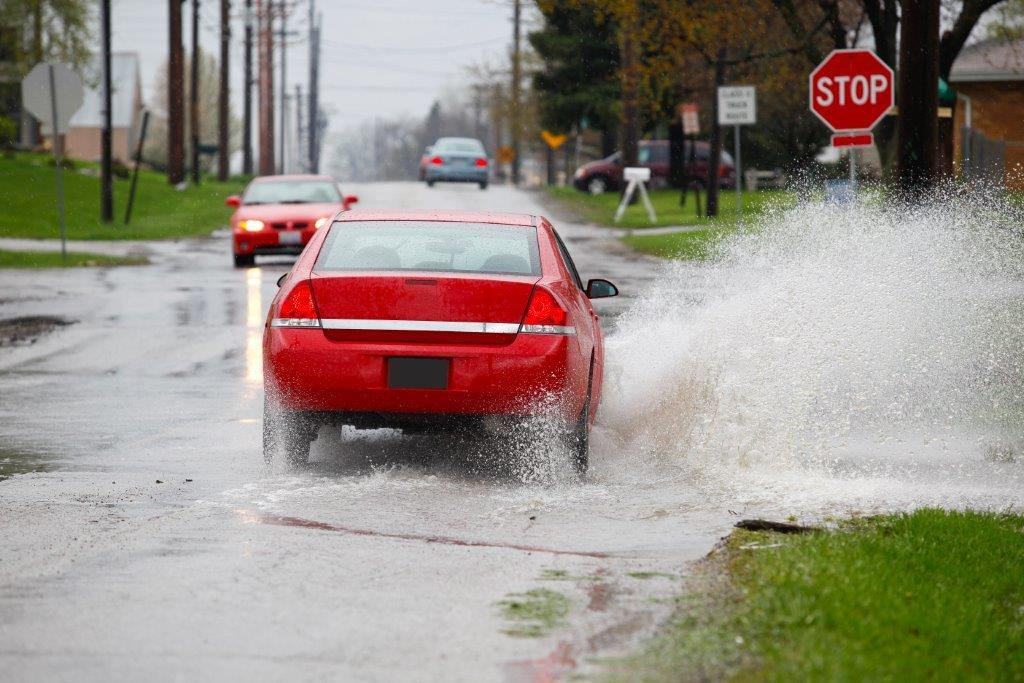
--In South Africa, “the driver of a vehicle on a public road shall stop such vehicle at the request or on the signal of a person leading or driving any bovine animal, horse, ass, mule, sheep, goat, pig, or ostrich on such road.” Or face a $500 fine.
--Splashing a pedestrian with water is illegal in Japan.
--In Montana, you can forget about driving with a sheep in the truck unless the sheep has a chaperone... and the state of Alabama had the presence of min ...[more]
A Brief Explanation of Tire Information
Ever wonder what the designations stamped on your tire sidewall actually mean? We’d like to break it down for you.
Let’s take for instance, “P195/60R15 87S”. This is a full service description of a tire.
In this case, “87S” denotes a tire’s load capacity and speed rating. The higher the number, the greater the load capacity – an 87 load capacity means that tire can support 1,201 pounds. Speed ratings range from L (75 mph) through V (149 mph), and an S speed rating means the tire is good for 112 mph. W, Y, and Z-speed rated tires are available for extreme performance cars and are rated as high as 186 mph.
As for the rest of the information:
--“P” denotes Passenger Tire
--195 is the tire’s width from si ...[more]
| << Previous | 8910111213141516 | Next >> |



